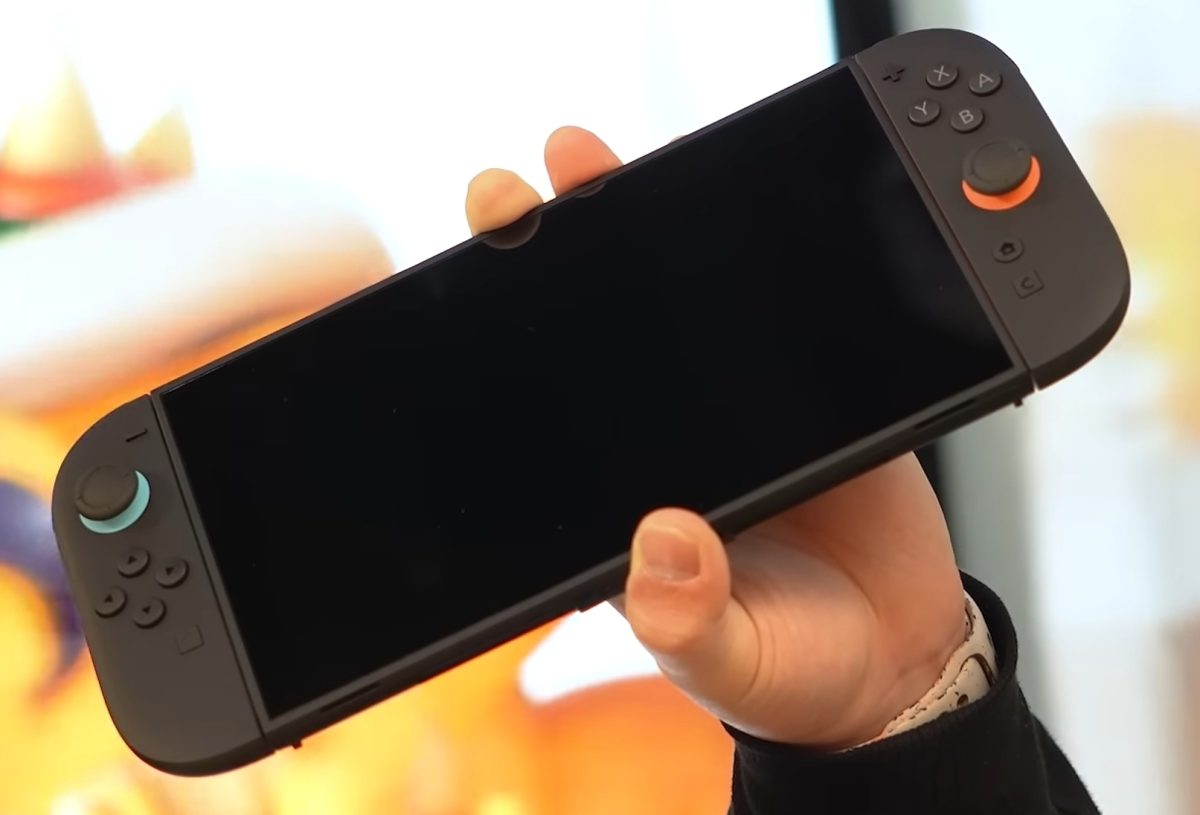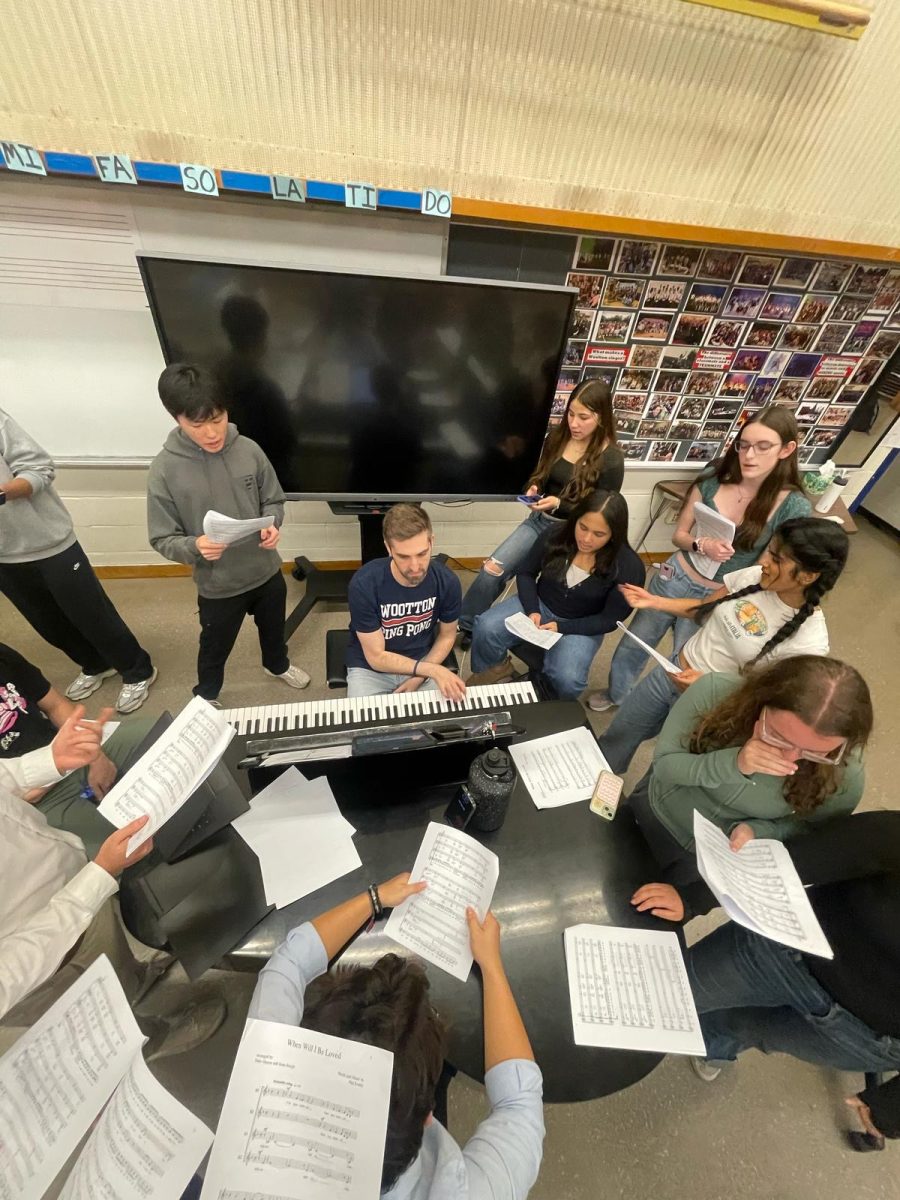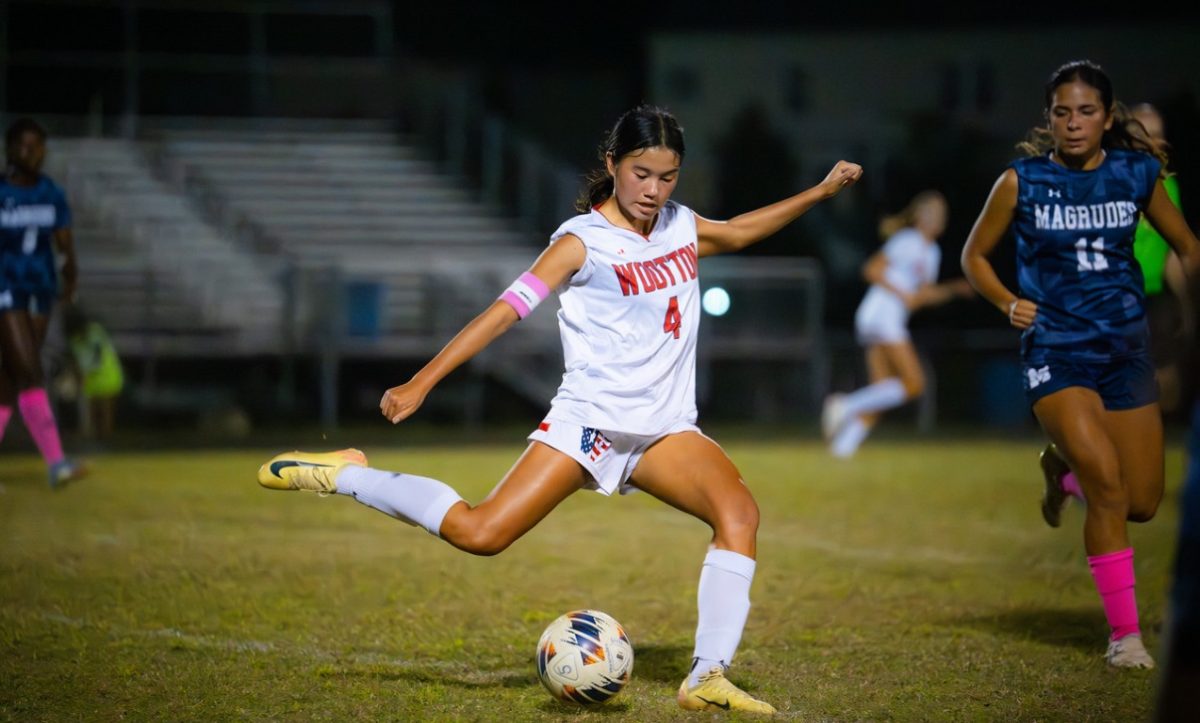Nintendo broadcast its first Nintendo Direct on Apr. 2, to focus on the upcoming Nintendo Switch 2 system. Fans celebrated the announcement of the upcoming Switch 2 releases, such as Mario Kart World and Donkey Kong Bananza, as well as improvements to the hardware’s power, framerate, screen size, and Joy-Con 2 controllers. However, high spirits were soon to plummet when Nintendo quietly announced that Mario Kart World would be sold at a $79.99 price point.
This price was $10 higher than most gamers expected, as recent “premium” PlayStation and Xbox releases have typically been pricetagged with $69.99 at the highest. In the age of the first Switch system, Nintendo showed signs of adopting this price model when it released The Legend of Zelda: Tears of the Kingdom, the only Switch game sold at $69.99 due to its immense content scale. “I would say it’s less about the strategy of pricing Mario Kart World, it’s more just whenever we look at a given game, we just look at what is the experience, and what’s the content, and what’s the value?” Nintendo of America Vice President Bill Trinen said in an interview with IGN.
This variable pricing model can already be seen in the releases of Mario Kart World and Donkey Kong Bananza, in which the Donkey Kong title costs $69.99, which is both cheaper than Mario Kart and is in line with the $70 price tags for “premium” game releases on PlayStation and Xbox. Though both games are highly anticipated due to their innovative directions for their respective series, Nintendo seemingly places higher value on Mario Kart. “We believe based on the depth and breadth of play, and the repeatability of play over time, the pricing that we’ve announced is the right pricing,” Nintendo of America President Doug Bowser said in an interview with CNBC.
We are long past the days when you could buy a Wii with a physical copy of Wii Sports included at no additional cost, or when Wii Play came bundled with a Wii Remote for a grand $49.99 package. Though the original prices of the Switch 2 system and games remain unchanged, President Trump’s recent tariffs have further driven up the prices of the Switch 2 accessories. According to Nintendo’s official website, the Nintendo Switch 2 will cost $449.99 (150% of the cost of its predecessor), each pair of Joy-Con 2 controllers will cost $94.99 (making multiplayer even harder for families to afford) and the Switch 2 All-In-One Carrying Case will cost $84.99.
The high prices set by Nintendo have set a precedent for their competitors to match. Microsoft has already followed in Nintendo’s footsteps in increasing the pricing of various models of Xbox Series S and Xbox Series X consoles, as well as their controllers. “We also expect to adjust the pricing of some of our new, first-party games starting this holiday season to $79.99,” Microsoft said in a post on their website.
The high prices of the Switch 2’s games and accessories, on top of the already steep price of the console itself, make for a hard bargain, going so far as to exceed the budgets of loyal consumers. Despite the prices’ increasing exclusivity to lower-income families, Nintendo continues to try to appeal to these standard households. “Our mission is to create smiles,” Bowser said to CNBC.
If Nintendo truly sets out to “create smiles,” it is in both the best interest of Nintendo and its consumers to have the prices of their products lowered to a more widely affordable level. Though Nintendo may not maximize profits per Switch 2 owner with this method, the increased number of consumers to draw profit from would more than make up for that loss.
Consumers should withhold their payments for the Switch 2’s launch, as poor system performance on launch has proven to call for change before, as demonstrated by the early price drops of the Nintendo 3DS following its underwhelming launch. However, Nintendo will always have its devoted fans to leech off of, as the Switch 2 pre-orders are already selling fast.








